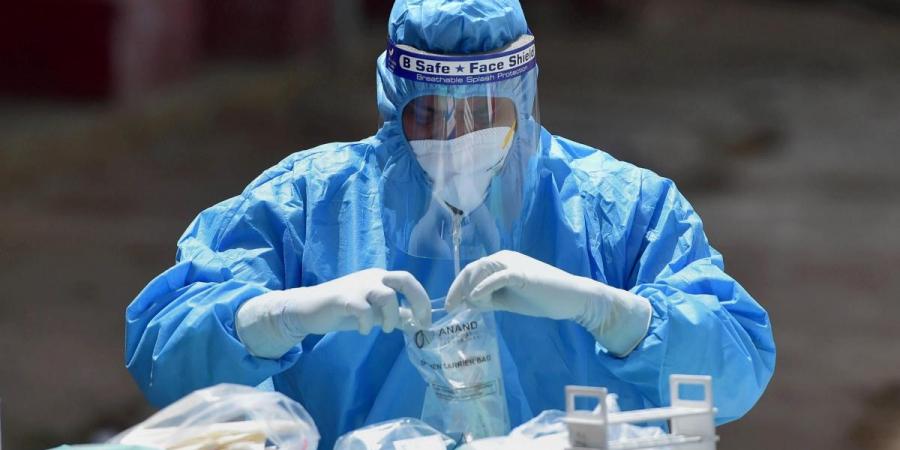
New Delhi: The R-value which reflects how rapidly the coronavirus pandemic is spreading, has sharply risen close to 1.2 over the last fortnight, mainly driven by cases in states like Kerala and Maharashtra, say researchers.
The R-value calculated between August 24-29 stood at 1.17 as against 0.89 between August 14-17, according to the researchers at the Institute of Mathematical Sciences, Chennai.
The rise in the R-value comes after a steady decline in cases in the first half of August in the country.
Up to that date (August 30), the situation looked pretty bad. India’s R-value had shot up close to 1.2. Not only is it greater than one, it is much higher than the last time there was a scare of a third wave (it was 1.03 at that time).
This is driven by several states having their R-value go over 1 in the last few days of August — most notably Kerala and Maharashtra, but also Mizoram and Jammu and Kashmir, Sitabhra Sinha, who is leading the team of researchers at the Institute of Mathematical Sciences, Chennai, told PTI.
The R-value of Kerala stood at 1.33, which is the highest number of active cases in the country. Similarly, the R-value of Mizoram was 1.36, Jammu and Kashmir (1.25), Maharashtra (1.06) and Andhra Pradesh (1.09).
The Reproduction number or R refers to how many people an infected person infects, on average. In other words, it tells how ‘efficiently’ a virus is spreading.
A smaller R indicates the disease is on a decline. Conversely, if R is greater than 1, the number of infected people is increasing in each round — this is what is called the epidemic phase.
After the devastating second wave that saw hospitals and health infrastructure being overwhelmed by patients infected by SARS-CoV2 coronavirus, the R-value started to decline.
During the March-May period, thousands of people died due to the infection while lakhs were infected.
When the second wave swept through the country between March to May, the R-value was 1.37 (between March 9 to April 21).
From May 15-June 26, the R-value stood at 0.78. However, it slowly started increasing — it was 0.88 from June 20-July 7, 0.95 from July 3-22, 0.96 from July 24-27.
It breached the value of 1.03 for the first time after the second wave during July 27-31. However, since then it has slowly started to decline.
The R-value was 0.92 from August 6-9, and rose to 0.99 between August 12-14. But it slipped to 0.89 between August 14-17.
With 45,352 people testing positive for coronavirus, India’s total tally of COVID-19 cases rose to 3,29,03,289, while active cases registered an increase for the third consecutive day, according to the Union health ministry data updated on Friday.
The active cases increased to 3,99,778, comprising 1.22 per cent of the total infections, while the national COVID-19 recovery rate was recorded at 97.45 per cent, the ministry said.
An increase of 10,195 cases has been recorded in the active COVID-19 caseload in a span of 24 hours.
A total of 67.09 crore vaccine doses have been administered so far under the nationwide vaccination drive.
India’s COVID-19 tally had crossed the 20 lakh-mark on August 7, 2020, 30 lakh on August 23, 40 lakh on September 5, and 50 lakh on September 16. It went past 60 lakh on September 28, 70 lakh on October 11, 80 lakh on October 29, 90 lakh on November 20 and surpassed the one crore-mark on December 19.
India crossed the grim milestone of two crore on May 4 this year and three crore on June 23.
Follow this link to join our WhatsApp group: Join Now
Be Part of Quality Journalism |
Quality journalism takes a lot of time, money and hard work to produce and despite all the hardships we still do it. Our reporters and editors are working overtime in Kashmir and beyond to cover what you care about, break big stories, and expose injustices that can change lives. Today more people are reading Kashmir Observer than ever, but only a handful are paying while advertising revenues are falling fast. |
| ACT NOW |
| MONTHLY | Rs 100 | |
| YEARLY | Rs 1000 | |
| LIFETIME | Rs 10000 | |










